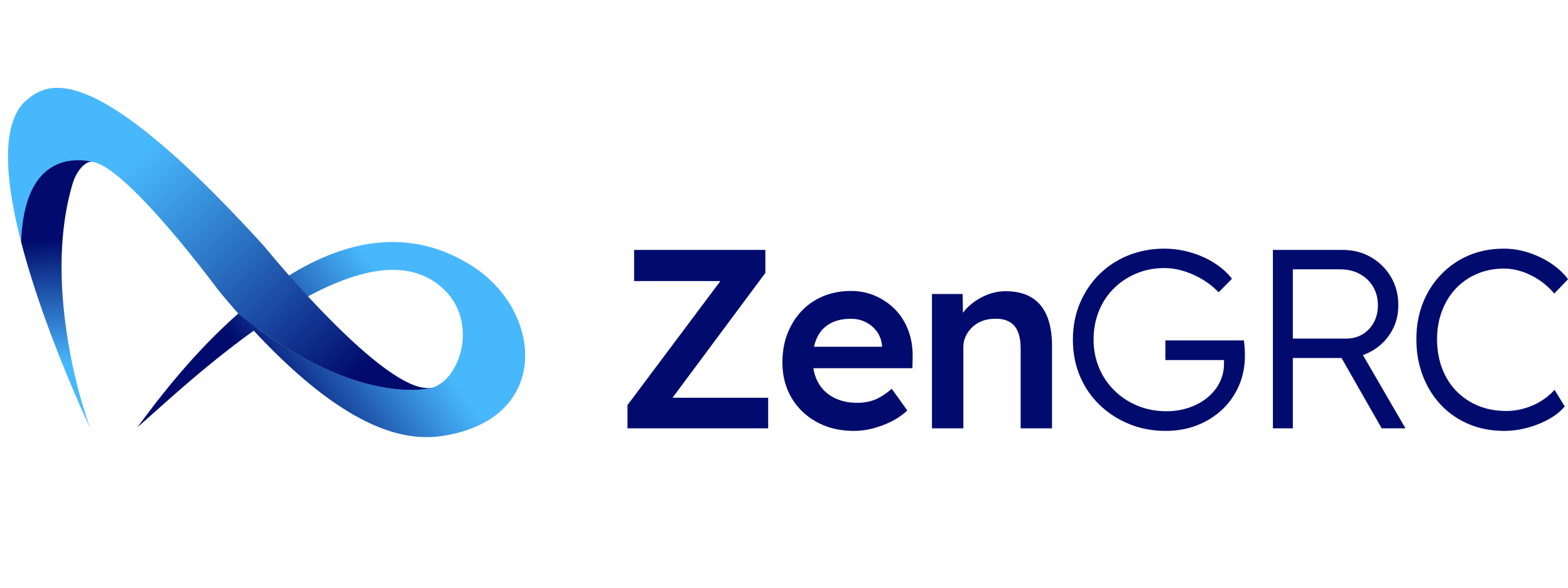Evidence collection is one of the most important and difficult parts of a successful compliance program, and one of the best ways your organization can demonstrate that it takes compliance seriously.
If you’re found to be non-compliant with a regulation or industry standard or your system gets hacked, evidence collection—documenting your compliance processes and outcomes—can mean the difference between paying a huge fine or paying none.
Fines aren’t automatically levied every time there’s a breach. But your organization will more likely suffer consequences if you can’t show that you made an effort to comply.
To gather the evidence you need, you’ll almost certainly request documents from multiple departments. Your evidence roadmap might include social media interactions on Facebook, Twitter, Instagram and LinkedIn; text files and emails; activity on employee mobile devices; and other sources of information.
Making all those requests, following up, and organizing the evidence you receive can be a harrowing, time-consuming job—especially if employees at your company don’t understand why having an audit trail is important, and so don’t follow documentation protocols.
Companies increasingly rely on business applications such as Google Drive for risk management and compliance activities including evidence collection.
Evidence collection is also a process that’s never finished. If you update a control, you need to document what that update was and how you implemented it. Ditto if you deploy new technology on a larger scale.
Welcome to Spreadsheet (and Docs, and Gmail) Hell
Managing the audit evidence collection process manually can be prone to errors (innocent or otherwise), which leads to higher cost and resources squandered. So naturally businesses search for automated technology to streamline the process.
Small organizations often manage their evidence collection and compliance programs by using multiple technology tools at the same time—which can be a confusing mess. Even if you use Google Drive as a single system, finding what you need among Google Drive’s myriad docs, spreadsheets, slide shows, and emails can be like searching for the needle in the proverbial haystack.
The truth is that shared drives and content management solutions are fantastic tools for storing and creating some types of documents in the cloud—but these systems aren’t made specifically for evidence collection and compliance programs.
Companies that use these applications risk losing track of critical artifacts and documents. And these types of document storage systems don’t map frameworks or track audit workflows.
So how can you maintain all your compliance documents while protecting your and your customers’ data? How can you be sure that when audit time comes, you’ll be able to show regulators what your organization is doing to stay compliant?
What Google Drive Offers
Google Drive has an audit management platform with a log that you can use to record your activities on the site. It includes Google Docs, Sheets, Slides, and other Google apps as well as content you place in cloud storage on Google Drive.
Its Activity API lets you gain access to your data from basic reports, and its new Reports API provides access to data from advanced Google Workspace reports.
Or you can use a governance, risk management, and compliance (GRC) management software that connects with Google Drive to collect this information for you.
What is ZenGRC?
ZenGRC, our software-as-a-service (SaaS) solution, uses a plugin to gather your Google Drive audit-trail evidence automatically. And ZenGRC lets you know when something is missing or incomplete.
ZenGRC helps you track, manage, and assess your information security program and remediate the risks. Evidence collection is a snap. You’ll sail through your audit.
ZenGRC, one of the world’s most trusted GRC tools, gives you a unified, automated platform that integrates with your business applications and business processes. ZenGRC takes evidence collection to the next level. It gathers your audit trail documentation from all the business applications you use for evidence to satisfy auditors and regulators—so you don’t have to.
ZenGRC integrates all your business applications for continuous risk and compliance management, allowing you to access your stored documents automatically from our “Single Source of Truth” repository. No more hunting and sifting for the evidence you need to show your compliance efforts.
ZenGRC provides pre-built and tested integrations to make your evidence collection more efficient, increasing the maturity level of your cybersecurity program as well as the return on your investment (ROI) in ZenGRC.
With just a few clicks, you can streamline your workflows, automatically gather and distribute data, and (most important) continuously monitor your apps to identify, assess, and mitigate risks in real time.
Using compliance software like ZenGRC can both foster and demonstrate a culture of compliance, allowing you to spend less time manually sorting documents and developing a filing system. At the same time, your record of completed compliance audits and activities will be more complete and accessible.
Empowering you to build relationships with the people responsible for providing evidence, ZenGRC helps you show regulators that you are being proactive and diligent about evidence collection—even when nobody’s looking.
Whether you’re an experienced compliance professional or new to compliance responsibilities, you’re bound to be more successful with the help of a compliance software like ZenGRC.
In addition to Google Drive, ZenGRC also integrates with other business applications including
- Jira
- ServiceNow
- AWS
- Splunk
- Slack
- Tableau
- Qualys
- Amazon s3
- OneDrive
- Box
- OneLogin
- Okta
- Microsoft
- DUO
- Centrify
Customizable APIs let you integrate ZenGRC with all your business applications.
ZenGRC can make your Google Drive evidence collection and information security risk and compliance worry-free, saving you time and hassle. To find out more, contact us today for your free demo.
